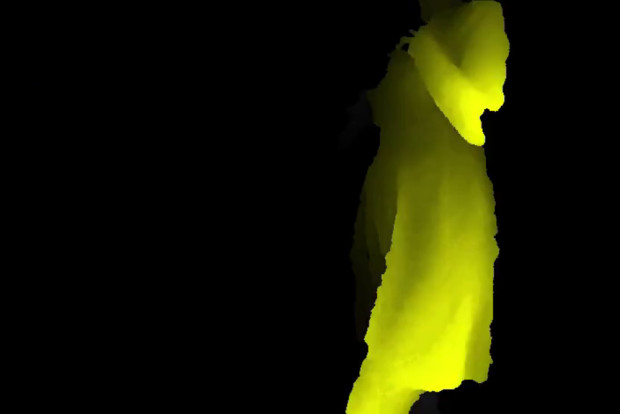Last week I attended a workshop around the Digital R&D Fund for Arts and Culture, a partnership between Nesta, Arts Council and AHRC. This was a meeting of all the funded projects, and a chance for us to share our thoughts and findings as this early stage of development. This included partnerships such as Battersea Arts Centre working with Videojuicer and The Arts Collective on a digital version of the BAC ‘Scratch’ programme, or the immersive theatre company Punchdrunk working with with MIT to create a mixed-reality, online version of their New York production Sleep No More.
Hearing updates on how the Happenstance residencies are going, something which is clearly shared throughout all three pairs, is the way they have set about getting to know the organisations as intimately and as quickly as possible. Lots of the focus in what they’re making and playing with so far is on understanding how the building is used, how the team interacts, and what happens in each organisation, beyond the fact that they present work to the public.
What feels clear from talking to the Happenstance arts organisations is that they have each been receptive and welcoming of this exploration of their organisation. Openness and trust, which is so crucial to r&d, is visible in the attitudes of all three cultural organisations. Site Gallery admitted they’ve literally let residents access everything and anything – from their business plan and financial details, to sharing organisational challenges and concerns. In our discussion though it did raise a question about openness – how do you protect it, when everyone inevitably has their own agenda too?
It was interesting to hear our own thoughts echoed by several of the other project teams. Punchdrunk talked about how a huge amount of trust had to be bestowed in the team they’re working with from MIT – because of distance there were only 3 face to face meetings. Ultimately they felt their technology partner really understood them and their ambitions, which enabled them to have complete faith. Similarly for Happenstance, Spike Island felt that the fact the residents were really user focussed, as opposed to tech focussed, helped them to trust in the residents and feel they were approaching things in a like-minded way.
The workshop was a great opportunity to hear more about the other projects, but also to talk about Happenstance to an audience, and see what questions and thoughts it provoked outside of the project team. Especially, now we’re just a few weeks away from our three Open House events, which are our opportunity to invite the public into each organisation and hear what the residents have been doing so far.





